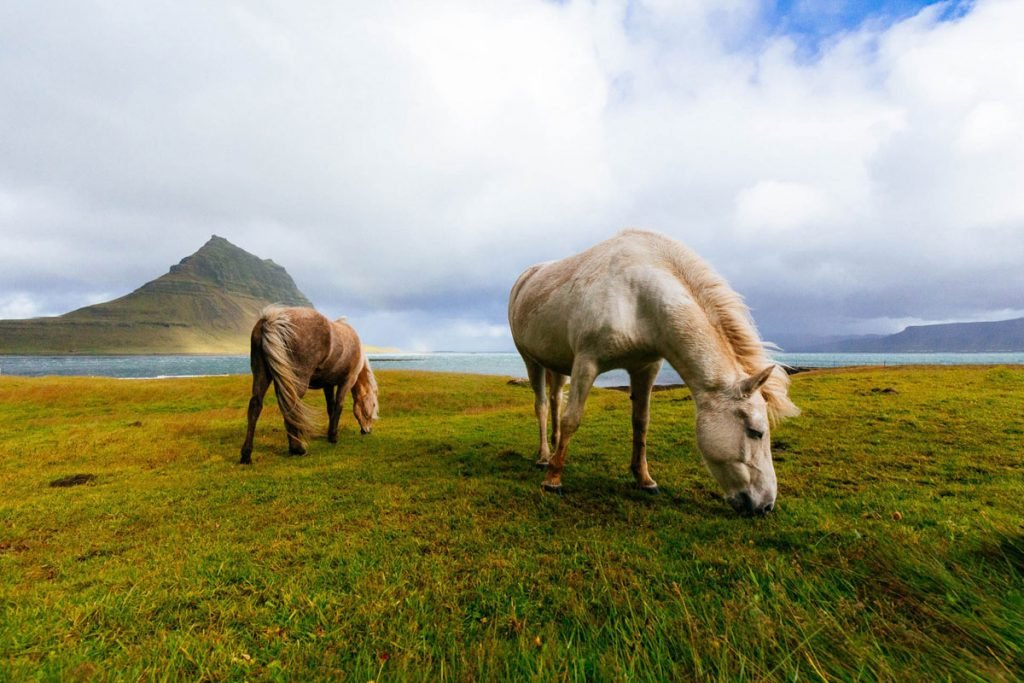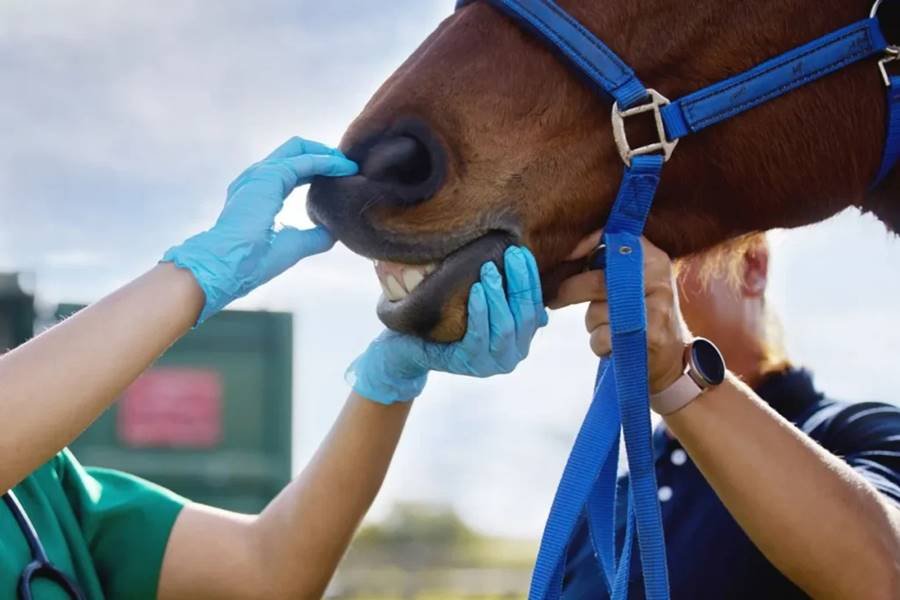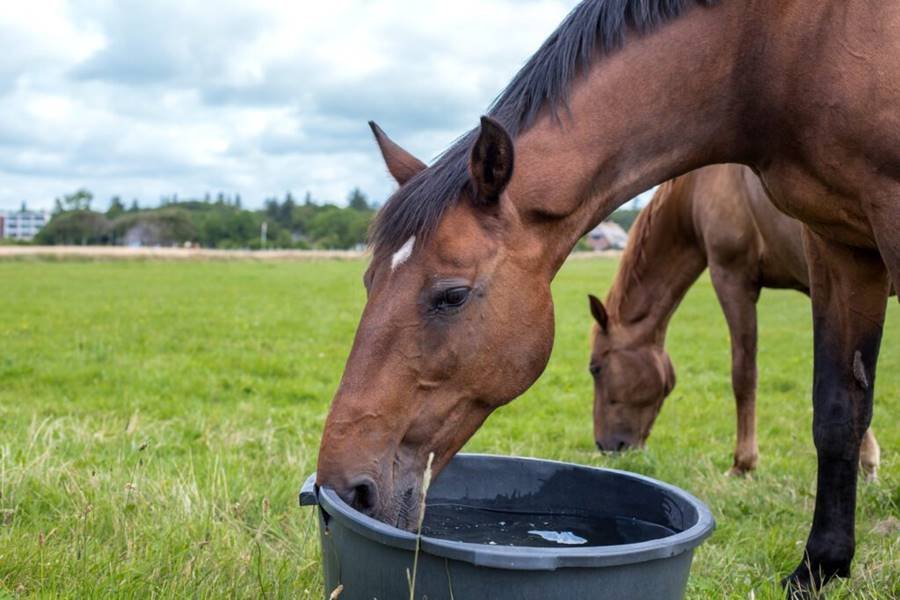Whether you’ve been around horses for years or just started mucking your first stall, one truth stands strong: horses are tough, majestic, and surprisingly fragile animals.
For all their strength and size, they’re prone to a wide range of health issues—from minor irritations to life-threatening emergencies.
Being able to spot the early signs of common horse ailments can mean the difference between a quick recovery and a major medical crisis. So let’s walk through some of the most frequent health problems seen in horses, what causes them, how to recognize the signs, and when to call the vet.
1. Colic: The Most Feared Word in the Barn
What it is:
Colic refers to abdominal pain, but it’s really a broad term for many different gastrointestinal issues. These can range from mild gas to serious, surgical emergencies.
Common causes:
- Sudden feed changes
- Dehydration
- Sand ingestion
- Parasites
- Lack of movement (stall confinement)
- High-stress environments
Signs to watch for:
- Pawing at the ground
- Rolling repeatedly or violently
- Looking at the flank
- Lack of appetite or manure
- Sweating and signs of discomfort
Action:
If you suspect colic, call your vet immediately. Even mild colic can escalate quickly. Never wait it out.
2. Laminitis (Founder)
What it is:
Laminitis is a painful and potentially devastating inflammation of the laminae—the tissues inside the hoof that connect the hoof wall to the coffin bone.
Common causes:
- Overeating grain or lush pasture
- Hormonal disorders (like Cushing’s)
- Systemic illness or high fever
- Excess weight or poor hoof care
Signs to watch for:
- Reluctance to move
- Rocking back on heels
- Heat in the hooves
- Strong digital pulse
- Stiff or short steps
Action:
Laminitis is always an emergency. Immediate vet and farrier intervention can make the difference between recovery and chronic pain—or euthanasia.
3. Equine Influenza & Respiratory Infections
What it is:
Like the flu in humans, equine influenza is a viral respiratory infection that spreads quickly—especially in barns, shows, or travel settings. Other respiratory culprits include strangles, rhinopneumonitis (EHV), and equine asthma.
Common causes:
- Exposure to infected horses
- Stress and lowered immunity
- Poor barn ventilation
Signs to watch for:
- Fever
- Coughing
- Nasal discharge
- Lethargy
- Loss of appetite
Action:
Isolate the horse and contact your vet. Vaccination and good hygiene are your best defense against respiratory disease outbreaks.
4. Thrush and Hoof Abscesses
What they are:
- Thrush: A bacterial or fungal infection in the frog, usually caused by damp, dirty conditions.
- Hoof abscess: A pocket of infection inside the hoof, often extremely painful.
Common causes:
- Wet or muddy conditions
- Poor hoof hygiene
- Injury or foreign object entry
Signs to watch for (Thrush):
- Black, foul-smelling gunk in the frog
- Tenderness or sensitivity
Signs to watch for (Abscess):
- Sudden, severe lameness
- Heat and strong digital pulse
- Swelling in the pastern or fetlock
Action:
Clean and treat mild thrush with antiseptics. Abscesses may need to be opened and drained by a vet or farrier. Keep the area clean and bandaged.
5. Skin Conditions: Rain Rot, Scratches & Sweet Itch
What they are:
- Rain rot: Bacterial skin infection caused by moisture.
- Scratches: Irritated skin on the lower legs, often in muddy conditions.
- Sweet itch: Severe allergic reaction to insect bites (usually midges).
Common causes:
- Wet, muddy environments
- Insect bites and allergies
- Poor grooming
Signs to watch for:
- Scabby or crusty lesions
- Hair loss or inflammation
- Intense itching or rubbing
Action:
Keep the area clean and dry. Treat with antibacterial or antifungal washes. Fly control and barrier creams can help with sweet itch. Call your vet if skin issues persist or worsen.
6. Equine Gastric Ulcer Syndrome (EGUS)
What it is:
Ulcers occur in the stomach lining, particularly in performance horses, horses under stress, or those with limited forage access.
Common causes:
- High-grain, low-roughage diets
- Stress from travel, competition, or isolation
- Inconsistent feeding schedules
Signs to watch for:
- Girthing issues
- Poor appetite
- Weight loss
- Behavior changes
- Dull coat or signs of pain
Action:
Ulcers need diagnosis and treatment from a vet—often with medication and dietary changes. Prevention includes forage-rich diets and stress reduction.
7. Worms & Internal Parasites
What they are:
Internal parasites like strongyles, roundworms, and tapeworms can damage the intestines, cause weight loss, colic, and poor coat condition.
Common causes:
- Inconsistent or ineffective deworming
- Overcrowded or poorly managed pastures
Signs to watch for:
- Weight loss despite eating
- Dull coat
- Potbelly in young horses
- Diarrhea or colic
Action:
Use fecal egg counts and work with your vet to create a strategic deworming plan. Regular manure cleanup and pasture rotation are key.
Final Thoughts: Be Proactive, Not Reactive
Horses don’t fake being sick. If something feels “off,” it probably is. Trust your instincts, observe daily, and never ignore subtle changes. Catching a problem early often means the difference between a simple fix and a long road to recovery.
Regular vet care, proper nutrition, daily observation, and a clean, low-stress environment are your horse’s best armor against illness.
Because keeping your horse healthy isn’t just about preventing problems—it’s about helping them live their best life, every day.




